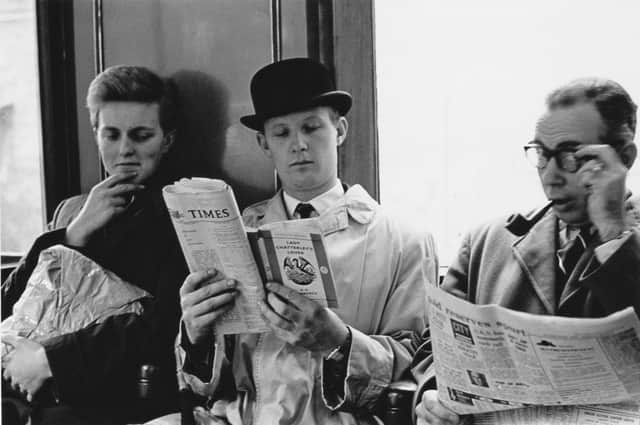Looking Back: All our text books were covered in wallpaper!


There was a time when we tried to cover a book that we were reading. In 1928, Lady Chatterley’s Lover was banned in England and the United States. It wasn’t until 1960 that Penguin published it and were taken to court under the Obscene Publications Act. Happily, they were found not guilty, and we were free to pass round our hitherto Illicit copies which we’d kept in brown paper covers, and keeping the fact that we were reading it from our parents!
In later years we realised just how tame the dialogue was, and we couldn’t understand the outcry over Fifty Shades of Grey in recent times, which was pretty boring. Through past decades, books have been banned in countries for political, religious or moral motivation.
Advertisement
Hide AdAdvertisement
Hide AdIn the UK, things were fairly lenient. Ulysses by James Joyce was banned until the 1930s with Radcliffe Hall’s The Well of Loneliness banned until 1949 due to its theme of lesbianism. In Ireland, most of the books of Edna O’Brien were on the banned list, together with Borstal Boy by Brendan Behan and The Dark by John McGahern, all Irish authors and due to the themes of sexuality and of clergy who were no better than they should be! Australia banned all the works of Jackie Collins until the late 1960s!
In the United States, Arthur Miller and Joseph Heller’s books were banned, and The Grapes of Wrath by John Steinbeck. With, of course, Uncle Tom’s Cabin by Harriet Stowe banned through the Southern states during the American Civil War.
South Africa had a long list of banned books thought to be against the Government’s policies, throughout Apartheid.
It was said by author Ray Bradbury who wrote Fahrenheit 451 that the only thing worse than burning books is never to have read them in the first place.
Censorship didn’t give us that choice then.